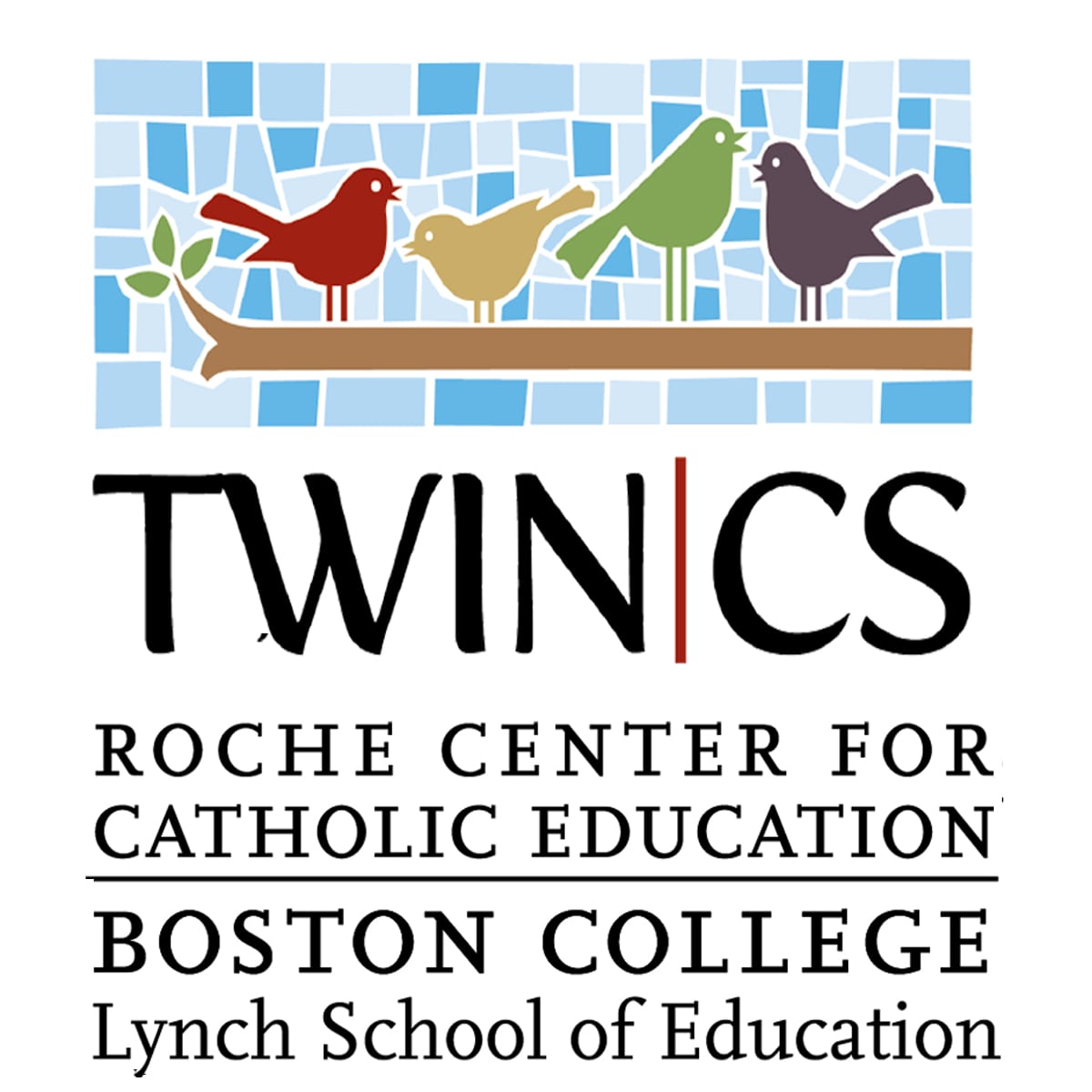The New America blog post, co-authored by Amaya Garcia, Ingrid T. Colón, and Itziri Gonzalez-Barcenas, delineates the fundamental statistics that set the stage for the latest DLL education revelation.
Firstly, the blog post recognizes that “around one in six kindergartners is a DLL who is in the process of learning English while still developing proficiency in their home language.” This information is followed by socioeconomic descriptors of the studied kindergarten classes. Eleven percent of students were participating in English language programs, “80 percent were Latino, 57 percent were living below the poverty line, and 35 percent had parents with less than a high school education.” The article surmises that “these statistics are in-line with larger demographic trends, which document that DLL/EL students are more likely to grow up in poverty and exposed to other risk factors that can influence their success in school.”
The study also evaluated the differing English language program models used in these kindergarten classes, including English as a Second Language (ESL) programs, bilingual education programs, and dual language (or two-way immersion) programs. According to the article, “a growing body of research demonstrates that DLLs can thrive in school without sacrificing their home languages,” and the National Academies concludes that “ELs who develop high levels of proficiency in both [their first language] L1 and English relative to those with low levels of bilingual proficiency are more successful at closing the achievement gap in reading with their native English-speaking peers.”
The blog post concludes that dual-language (DL) immersion seems most effective for sustaining home languages and, in fact, bolsters the language acquisition of English. While ESL classes are more popular in the United States, the study believes that this popularity is due to misinformation about immersion classes (i.e. that bilingual education might harm English acquisition which has been proven false), a lack of information about available DL programs shared with parents, and a national shortage of bilingual educators.
To bolster local enrollment in our TWIN-CS Network, perhaps our members can consider this article. Please feel free to comment below on how your school garners local support and appreciation!
-Melissa Hoppie, Graduate Student Researcher

